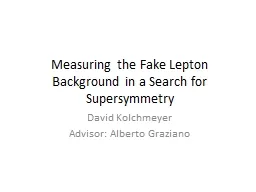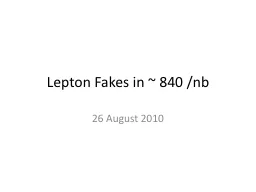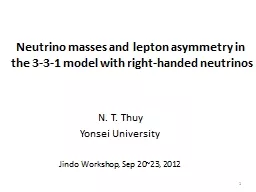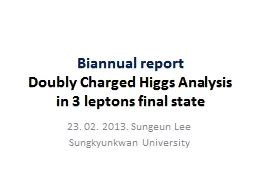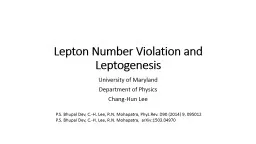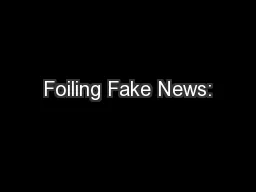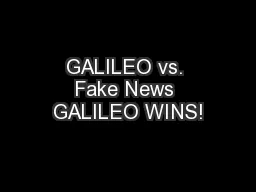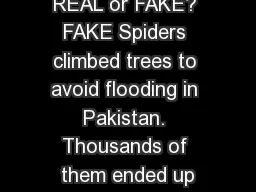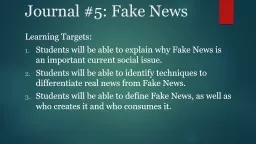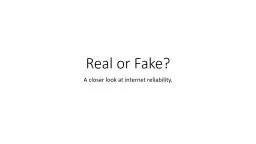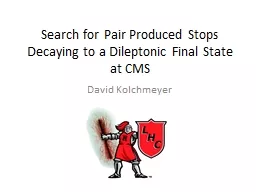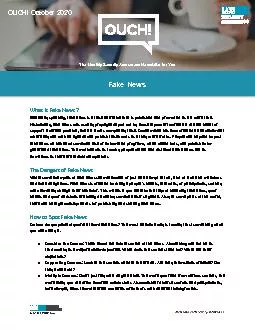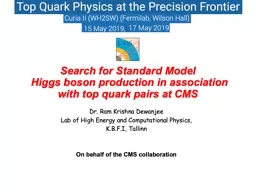PPT-Measuring the Fake Lepton Background in a Search for
Author : mentegor | Published Date : 2020-07-01
Supersymmetry David Kolchmeyer Advisor Alberto Graziano Overview Brief description of analysis and method Background prediction in SS mumu channel Background prediction
Presentation Embed Code
Download Presentation
Download Presentation The PPT/PDF document "Measuring the Fake Lepton Background in ..." is the property of its rightful owner. Permission is granted to download and print the materials on this website for personal, non-commercial use only, and to display it on your personal computer provided you do not modify the materials and that you retain all copyright notices contained in the materials. By downloading content from our website, you accept the terms of this agreement.
Measuring the Fake Lepton Background in a Search for: Transcript
Download Rules Of Document
"Measuring the Fake Lepton Background in a Search for"The content belongs to its owner. You may download and print it for personal use, without modification, and keep all copyright notices. By downloading, you agree to these terms.
Related Documents

